The simple light bulb has evolved since Thomas Edison’s original model in 1879. Lighting has changed drastically since then.
The name’s Jonathan, a.k.a Jono.
Allow me to share some of my knowledge and experiences with you as an Electrician (one of the more innovative and smarter ones😉). In my years in the electrical field, I have seen, experimented and installed lighting to compliment the architecture of a building exterior and interior space. Keep calm, I won’t bore you with all my experiences at once.
For now, let’s shine into the world of “Recessed Downlights”.
Keep an open mind because creativity and out-of-the-box thinking will create the “Wow-factor” in the simplest of ways…. And guess what, you don’t have to necessarily break the bank.
RECESSED DOWNLIGHTS
A downlight is a light fitting that shines in a downward direction to throw light onto or emphasize the object or area below.
Simple right? Yes, but now let’s see how we can make it interesting. Downlights come in an array of designs, colours, textures, functionalities and, of course pricing, to suit an individual’s needs.
Looking for an elegant feel? Recessed downlights are an elegant, modern and smart source of general or ambient lighting to give a broad, overall and even light to an entire room.
Task lighting is also another way recessed downlights can be used. As the name says, task lighting is used to shine over work desks and concentrate the light on a specific task or project.
They can also be used to highlight grand features that require attention; not forgetting ‘Wall Washing’ (No, not the bucket and mop type), to make a room appear bigger or more attractive which are referred to as Accent lighting. Scroll down for more info on ‘Wall Washing’ and ‘Accent Lighting’.
These above techniques can be used in your home, business or commercial space to create a ‘different from the norm’ type of feel. Are you guys still with me?
Let’s go a little further into each type.
Ambient/General Lighting
Recessed downlights are great for ambient lighting in all rooms of your home and commercial places. Since it is meant to light up a whole area, it is important to be energy conscious and use LED and energy efficient lighting products.
I have seen how downlights have evolved from high powered halogen lamps (which remains in use today and is still a very attractive warm light) to LED lamps which consume a fraction of the power compared to their older counterparts.
Downlights can be dimmable if you opt for the dimmable variety of lamps. Remember to be more energy efficient by connecting a dimmer switch, which helps create the correct ambience for different moods. You know what mood I’m talking about. **WINK WINK**
For ambient/general lighting the rule is to keep downlights away from the edge of the ceiling where it meets the vertical wall. If it is placed too close to the edge, then it can create shadows on the wall that are not desired for general broad-area lighting.
However, this rule must be broken when accent lighting is desired. I will tell you about that a bit later. Sounds like a lot to grasp? Don’t worry, you will get the picture as we go along.
Task Lighting
Positioning and placement of downlights when used for task lighting is extremely important; to avoid shadows on work surfaces or glares from a computer screen. It is also important to maximise the amount of light hitting the work surface.
When attempting to light kitchen counters with downlights, the fixture should be placed directly above the counter to maximise light over the work area (counter). If the fixture is placed too far away from the counter, unwanted shadows will be cast upon the work area when someone stands at the counter. The last thing you want is a knife going through your finger instead of the carrot.

For tasks that require people to sit at desks, the downlight should be placed in front of the seating area and not directly over where the seating area is or behind it. As a shadow can be created by the person over the task area. Shadows over your task would lead you to strain your eyes which could cause headaches and eyesight deterioration.

Accent Lighting
Wall Washing
Wall washing is created when the light from a light fixture shines evenly and uniformly on the wall surface. This classy technique can be used in various situations. It can be used to light up and compliment pieces of art, paintings, frames, wall mounted objects or shelves to give it a visual impact. You may also use wall washing to emphasize a feature wall that is painted a completely different colour from the rest of the room. Wall washing provides even illumination across the wall surface.
The spacing of the light fixtures to create the wall wash effect is important. The distance between each downlight must be equal to the distance of the downlights from the wall. The closer together the downlights are to each other the more uniform the lighting of the wall will be. Simple, right?
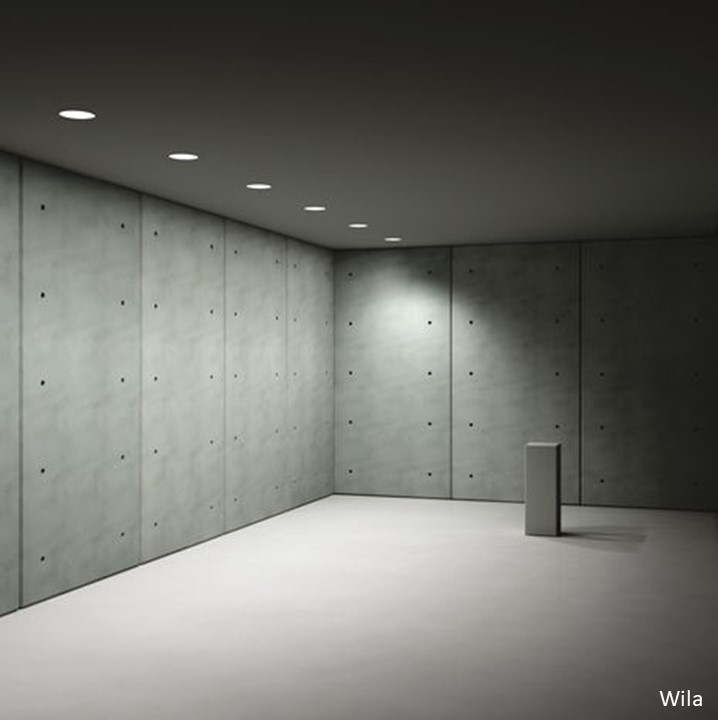
Wall Grazing
Wall grazing is the technique of placing downlights very close to the edge of the ceiling where it meets the vertical wall with them pointed straight down. This technique creates shadows that highlights textured surface walls. It is therefore best used to illuminate textured walls such as stone, brick, wood or textured plaster patterns.
Downlights should be placed 400mm – 600mm apart and 150mm – 300mm from the edge of the ceiling meeting the wall. Downlights with narrow beam angles is best suited for this technique.
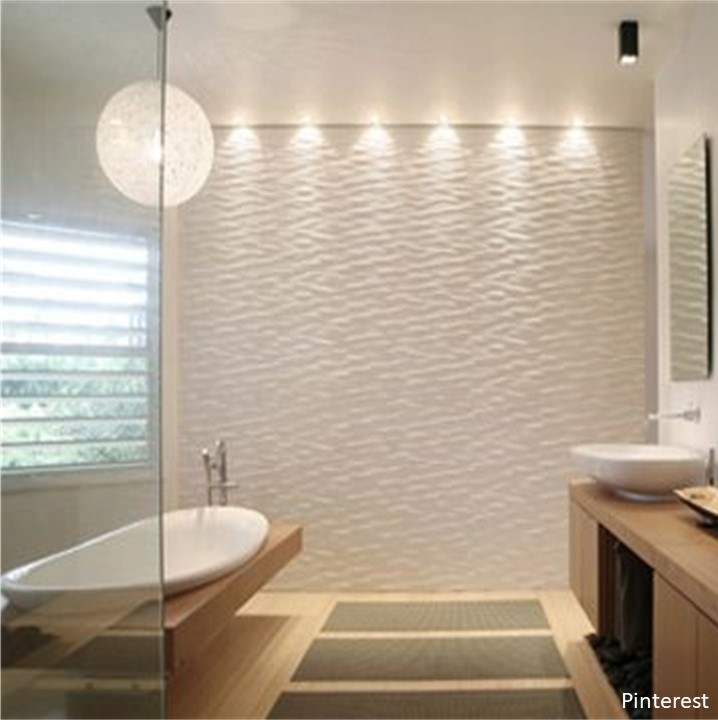
Light Scallops
And lastly, my personal favourite.
Recessed downlights that are fixed adjacent to a wall will create cool shadow effects. These are referred to as light scallops as it has a rounded cone like shape. This look would be perfectly suited for hallways, corridors or a visually appealing side of a room. These shadow effects are not desirable in general lighting. However, when intentionally desired and placed it can create a dramatic and appealing effect on a space/room.
The dimensions and shape of the scallops depends on the downlight used, the spacing of the downlights and the light angle. The distance between each downlighter should be twice the distance as the distance from the wall. The shape of the scallop can be adjusted. The spaces between the downlights must be even and it must not be placed too far away from the edge of the ceiling as the scallops will reflect too low down the wall.
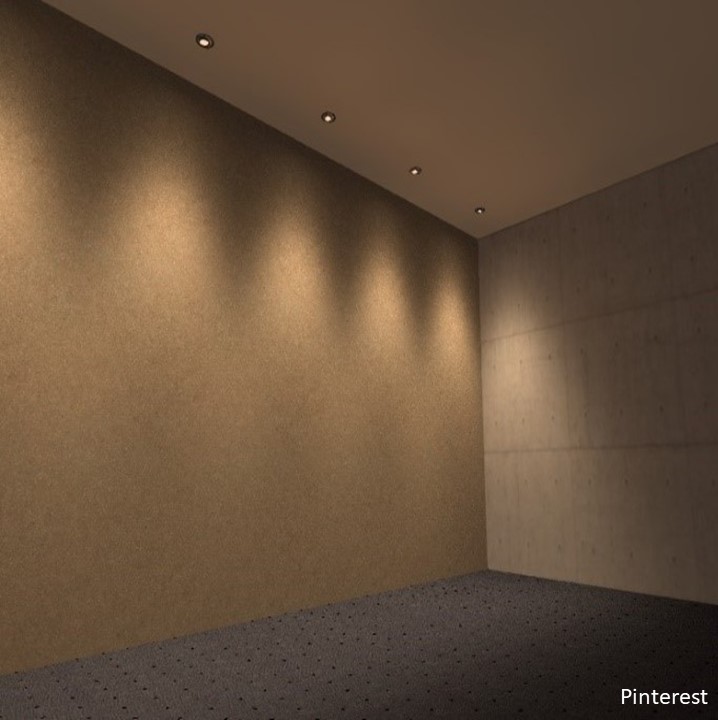
I hope that this was enlightening to you. Get it… enLIGHTening. Oh nevermind.
If you enjoyed this then follow my blog. I have so much to share with you.
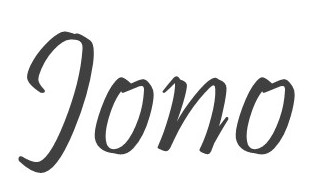
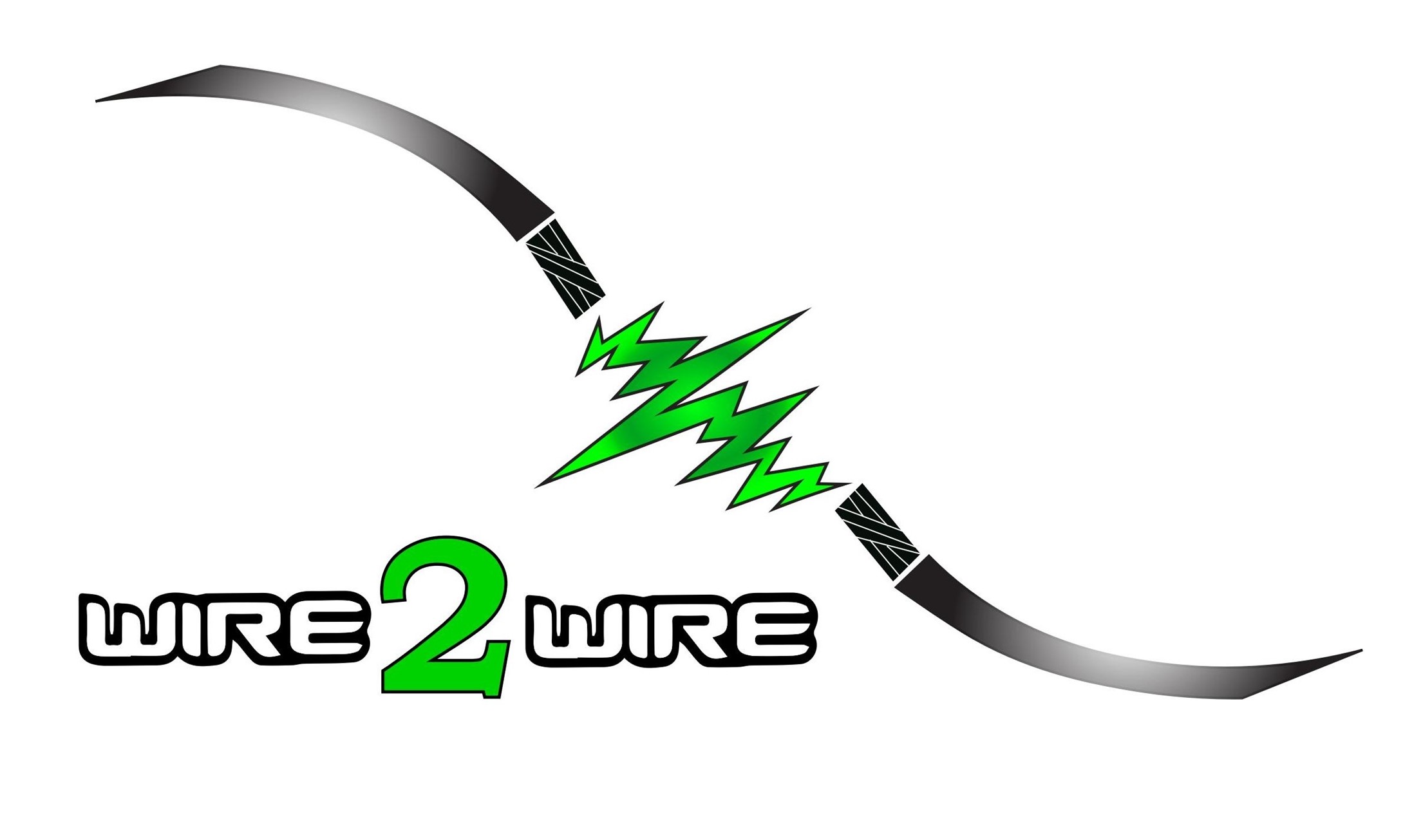
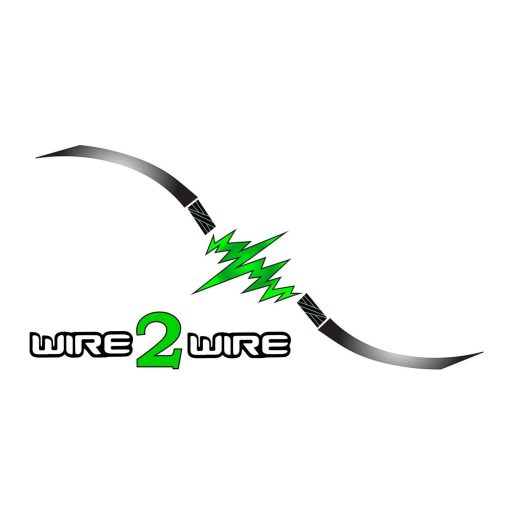

Excellent content Team Wire2wire.
Can’t wait to show my husband these great ideas for our home.
Thank you.
Hi there, thank you 🙂
A very innovative and innovative post.. Truly from an electricians point of view , you have some inspiring points.. Picture illustrations are perfect and gives people an insight of the right way lighting should be done..
Excellent ideas Jonathan!!!